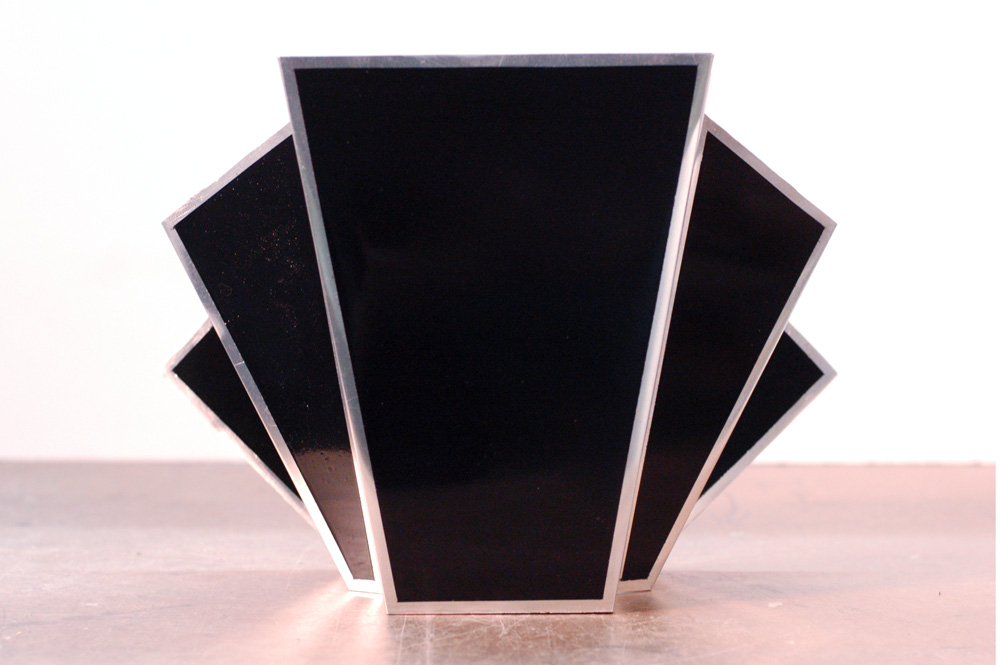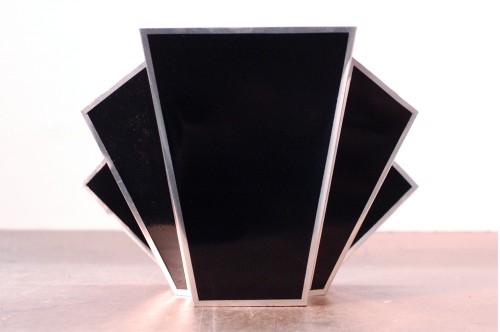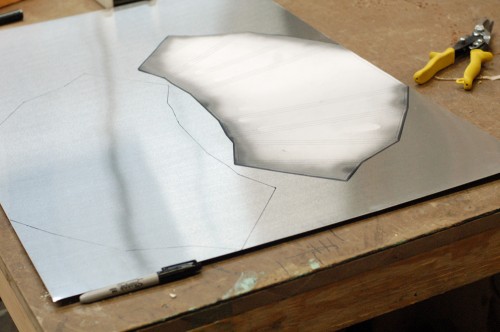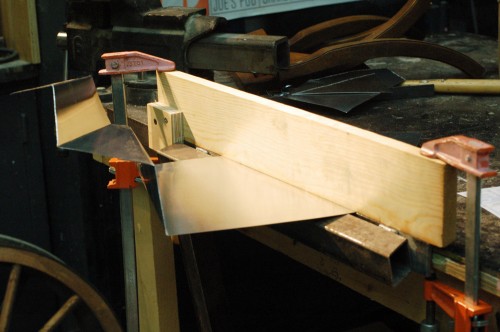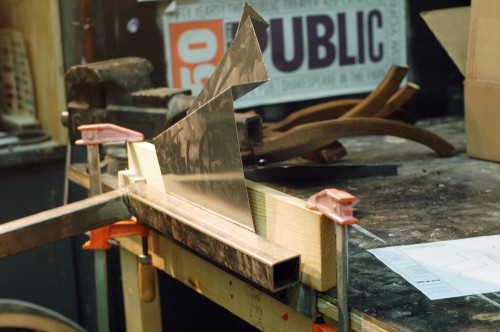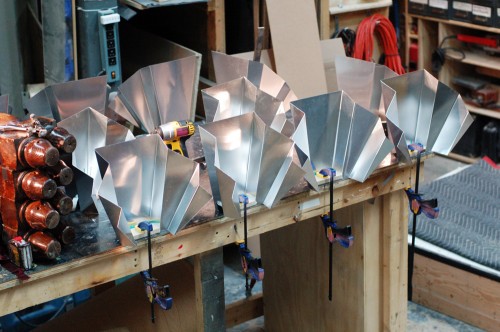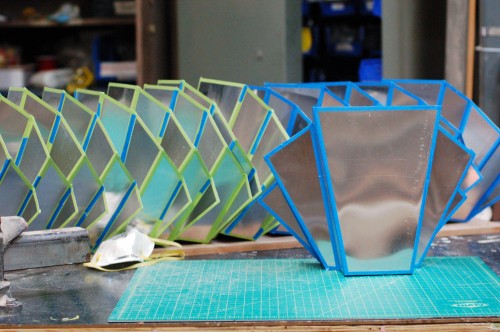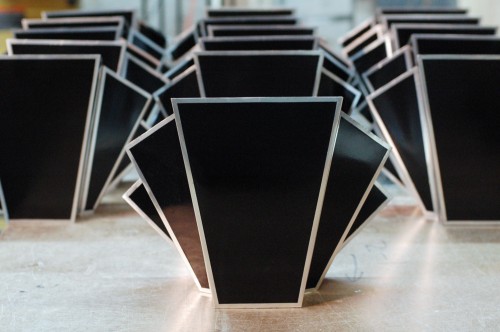Hard to believe it’s almost December. Hope you enjoy today’s links!
“How to be a Retronaut” always has great vintage images. I like these recent photos of Anita Louise as “Queen Titania†in A Midsummer Night’s Dream, circa 1935.
The Actors Theatre of Louisville is looking for an artisan/soft goods person for their upcoming Humana Festival (January through March). I worked there a few years back; the people are great, the shop is amazing and you get to do some quality work for really good theatre. Even the housing they put you up in is nice. All in all, Louisville is not a bad place to spend a few months. Also, this year’s SETC conference is in Louisville, so you’ll be in town for that (as will I).
Make Magazine has a holiday gift guide for woodworkers, but it’s kind of hit or miss. A $260 hammer? Orthopedic chisels? Personally, I don’t think novelty tools make good gifts for people who make things.
Vintage theatre footlights are needed every now and then, but they can be difficult to find. Ebay has one or two on occasion, but one frequently needs a number of matching ones. Costume Armour, Inc., makes a number of fiberglass and vacuum formed lights, and because they get a lot of requests for their footlights, they have set up a new webpage devoted to the standard sizes and shapes they offer, along with pricing.

